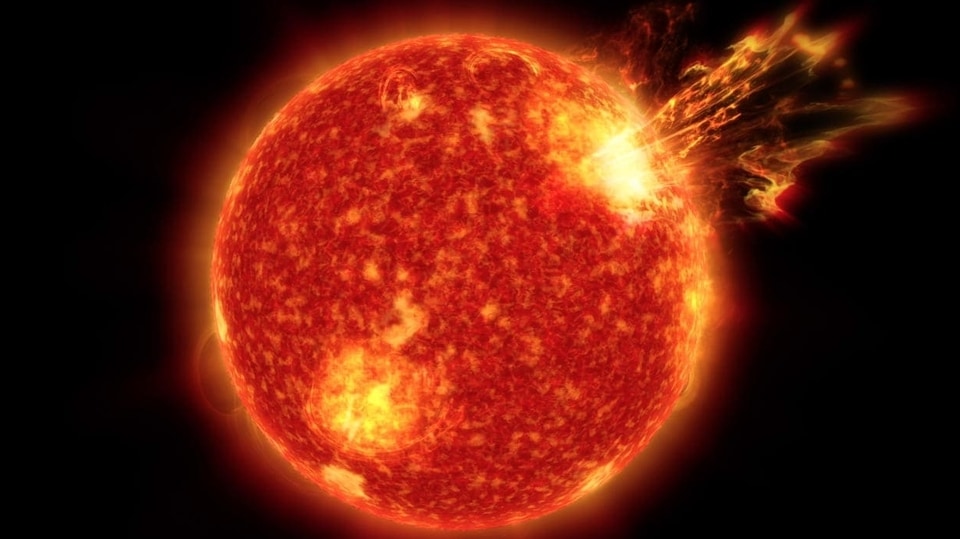X-rated SOLAR FLARE today cause radio blackouts over vast swathes of Earth
An eruption of a solar flare caused a radio blackout for over an hour in Europe and the Atlantic Ocean on May 3, according to experts at SpaceWeather. The sunspot triggered an X-rated solar flare which caused a radio blackout overa a lare part of Earth, especially Europe and over Atlantic Ocean.

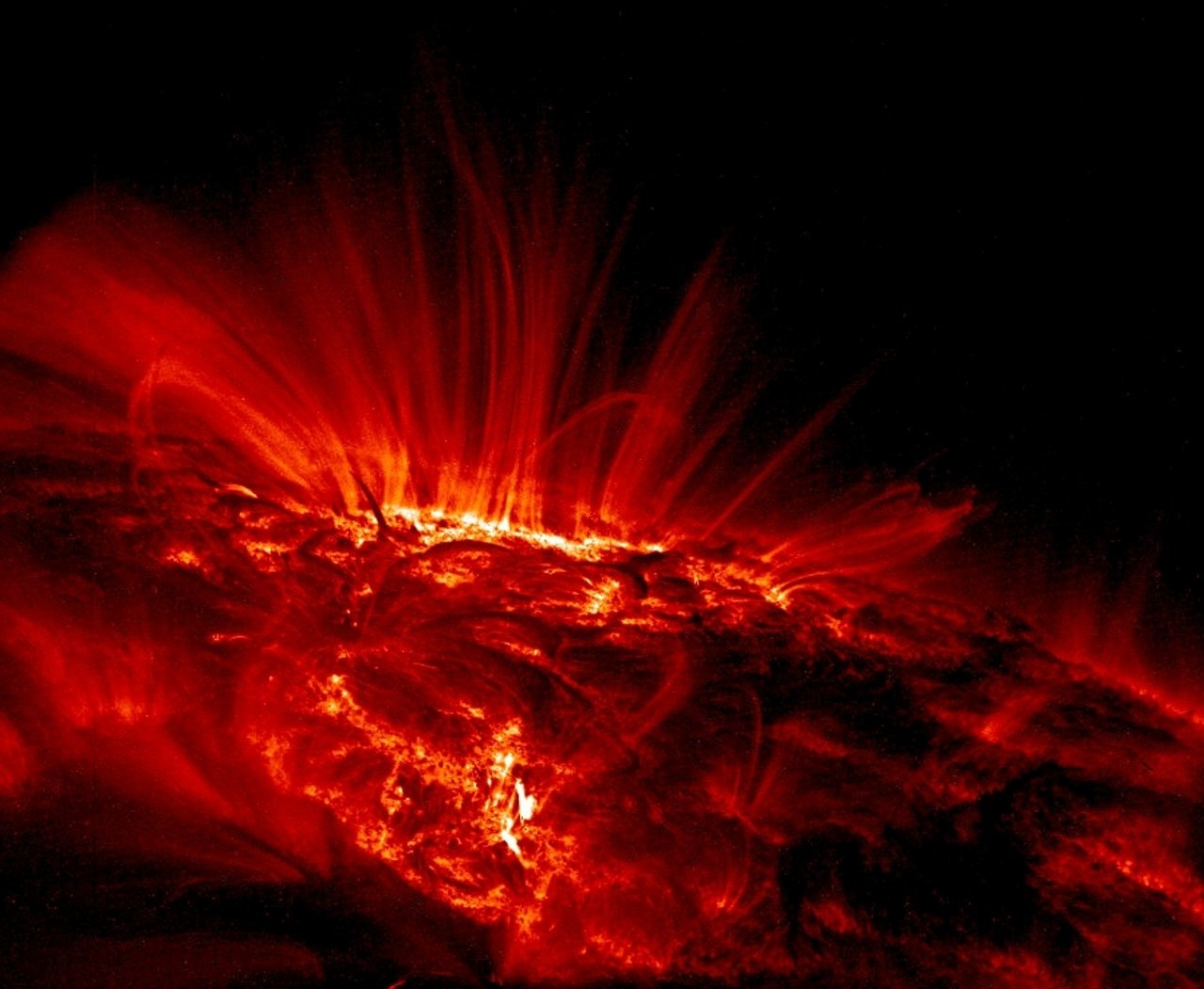

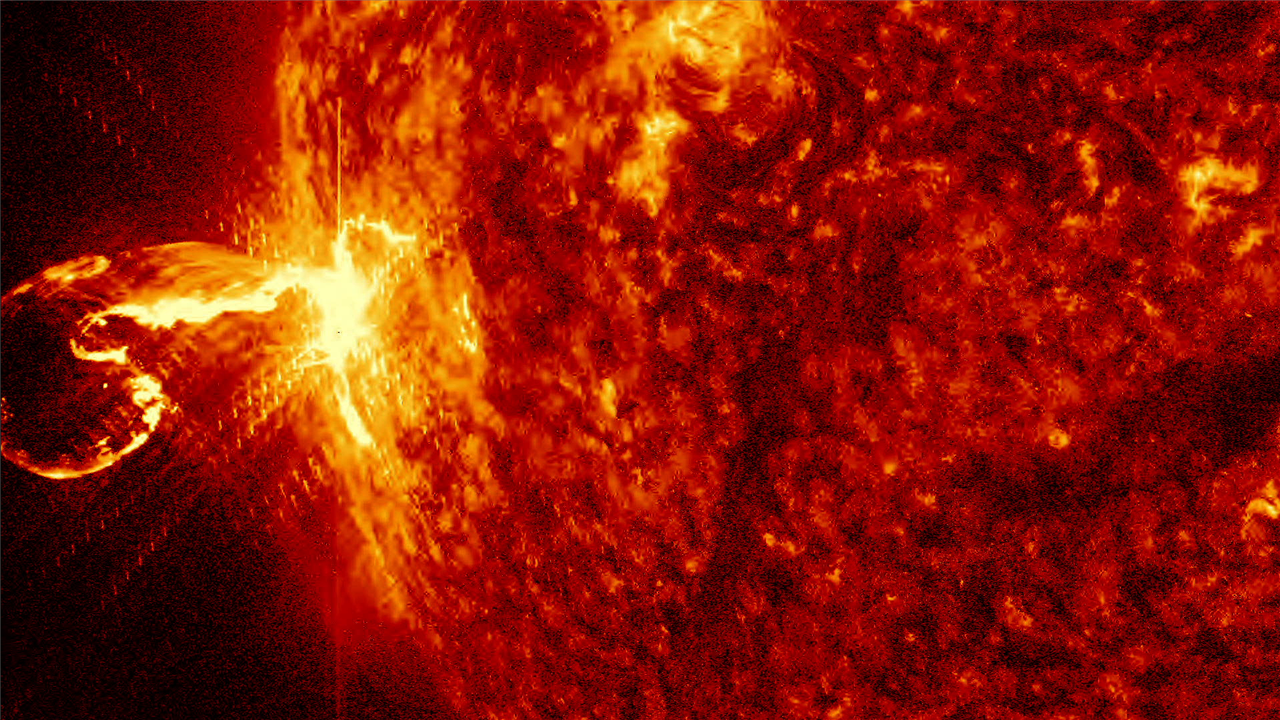

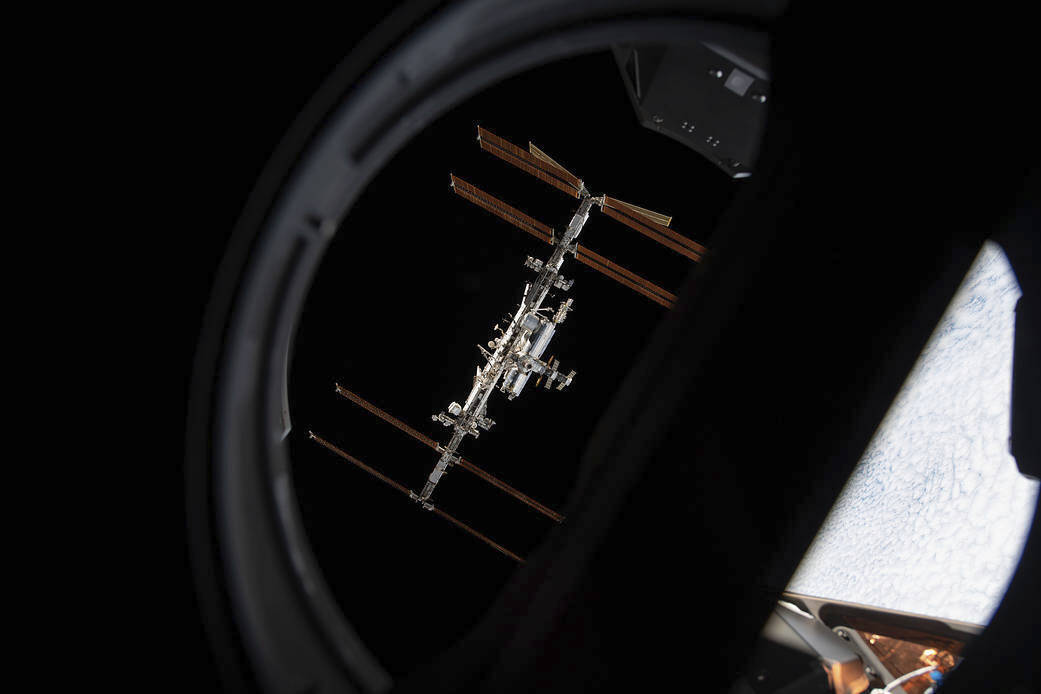

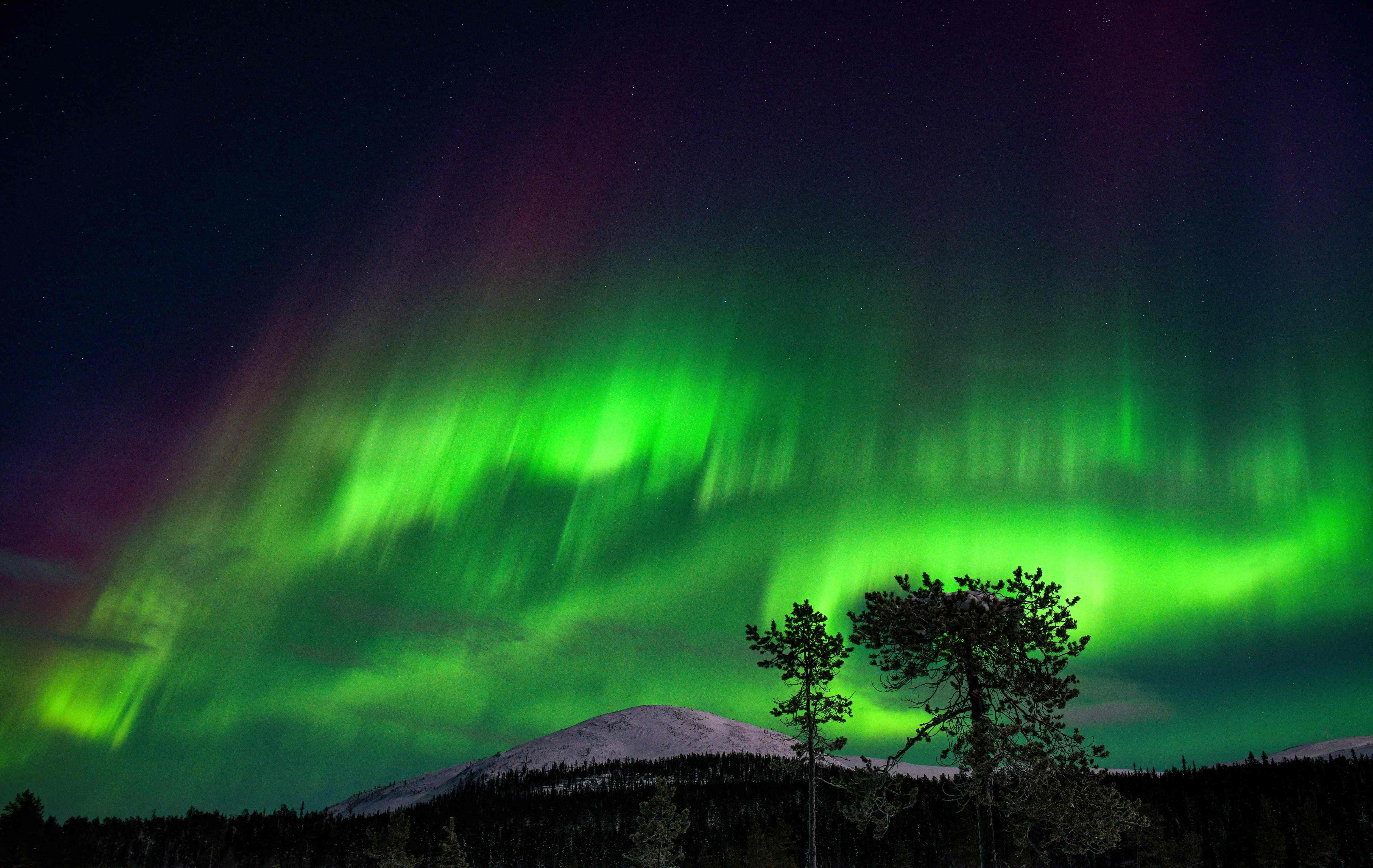

First Published Date: 05 May, 13:42 IST
Tags:
solar flares
earth
NEXT ARTICLE BEGINS


